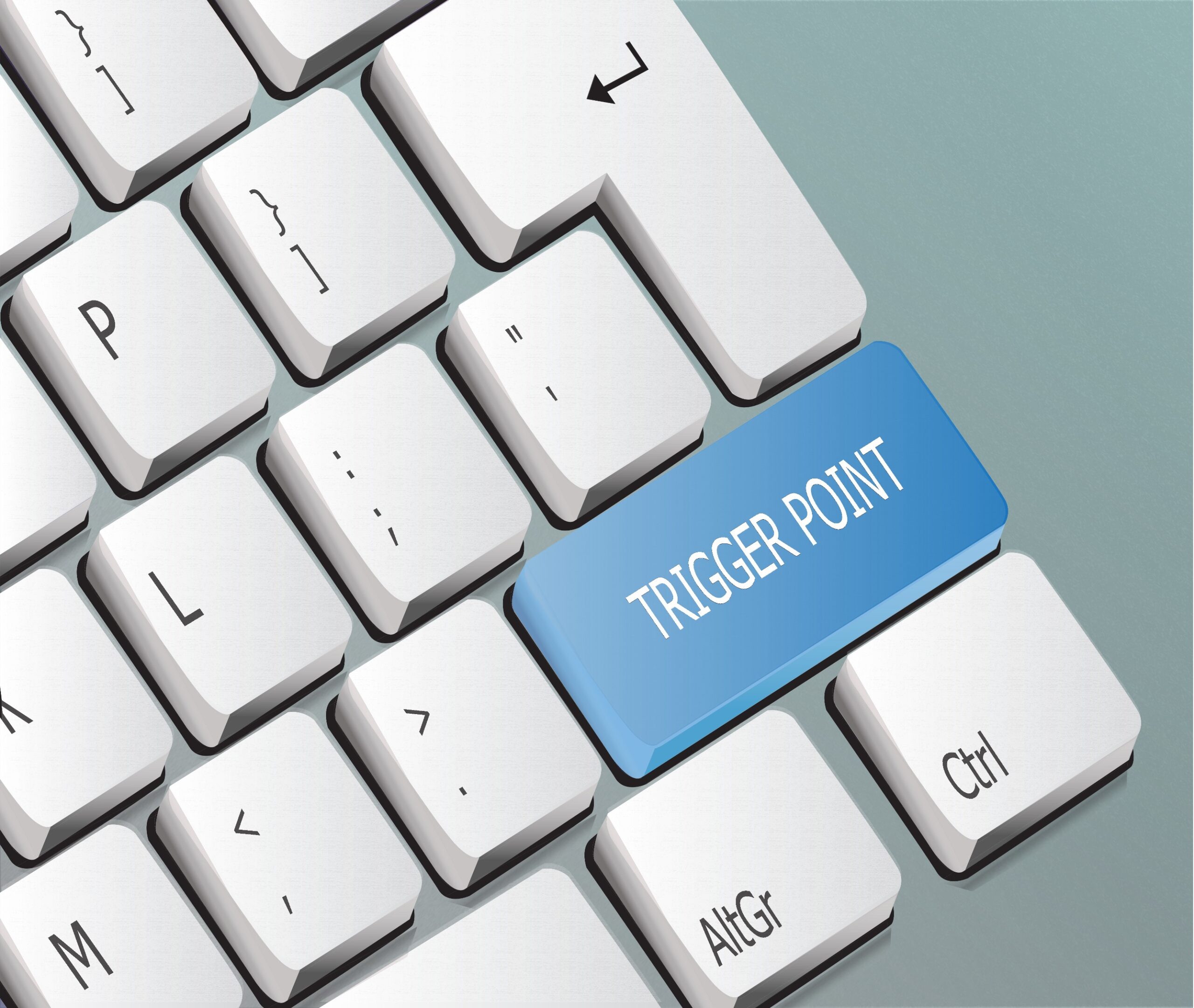In last week's blog, we identified that imposter syndrome is caused by high perfectionism (we tend to see others through pink lenses and to not notice that they're flawed, because the only flaws we see are ours) and by a high sense of achievement. Check it out HERE if you missed it.
Imposter syndrome can make us lose our confidence compass. If we lose our confidence, we're constantly running on low fuel. Today, let's go over some tools you can use in order to face that imposter syndrome and, hopefully, nip it in the bud. Watch the video below or keep reading for more.
1. Be Brave
When you start feeling like a fraud, the very first key to immediately interrupt its potential impact is to identify it. Be brave, and admit it: "You know what? I feel like an imposter right now."
Once you've acknowledged how you feel, that negative self-talk has got to go. Start talking about it in the past: "I used to feel like an imposter. Now, I'm willing to step into my own capacity. I'm willing to step into my own identity and to know that I am good enough. I can do this. I am willing to learn how."

2. Identify the Trigger
Next, you want to identify the trigger. When exactly are you triggered into thinking that you are not good enough? Is it when you are surrounded by successful people? Is it when you compare yourself to others? Is it when someone compliments you? Is it when you're trying something new? When exactly do you feel like an imposter? Exactly when is the button pushed?
If you identify the trigger button, then we can do something about this button after.

3. Disconnect the Feelings from the Facts
Once you've identified when specifically you are being triggered, then you can start disconnecting and separating the feeling from the facts. Imposter syndrome often comes with hurt and sadness: We're not sure we can do it, and we feel like we're not good enough. When these emotions come in, we have to quickly develop a healthy response to that trigger by disconnecting the emotion from the fact. Ask yourself: "What exactly is happening right now? Is this true? What is my emotion right now? What am I feeling?" Ask yourself what you're learning as well. A powerful emotion always comes with a learning.
Once you have identified the feelings, move on to the facts. Keeping a journal of good things that you have done may be a good idea to help you stick to the facts. Have a "have-done" list of all the things that you have achieved in the past. And this will help you separate those feelings from the facts. Because the facts are, you're probably pretty darn good. You are much better than you may think at first.

4. Have an Incident Response Plan
You have to replace the trigger by something else: an incident response plan. When somebody activates that trigger, or when something happens in your environment that makes you start feeling like a fraud, replace it. Create a plan, rehearse it in your head, and act on it.
Let's say every single time I'm surrounded with successful people, I feel small and I feel like a fraud. I make an incident response plan: I decide I'm going to act. I'm going to act like I belong there when it happens, and decide what I'll be telling myself: "I belong here. I have obviously done something that justifies for me to be here. I'm here, aren't I? I've accomplished so-and-so. I deserve this."
Remember: Action changes things. An incident response plan will change things. Rehearse and visualize it.

Next week, in part three, I will walk you through a full visualization to help you reprogram the six layers of your brain in order to reconnect your incident response plan so that it happens all the time, unconsciously, every single time that the trigger point is being pushed. We will also go over three different powerful questions to eliminate imposter syndrome, as well as a mental exercise you can do to get rid of this feeling.
See you there!

DO YOU DOUBT YOURSELF SOMETIMES?
Tired of hearing this nagging voice inside your head telling you you can't do it? Slay imposter syndrome by downloading your copy of the Confidence Guide.
The Guide includes:
- The List of the 15 Keys to Confidence.
- Questions for you to Assess your Current Situation.
- Questions for you to Take Action.

Want more? Check out the other parts...


